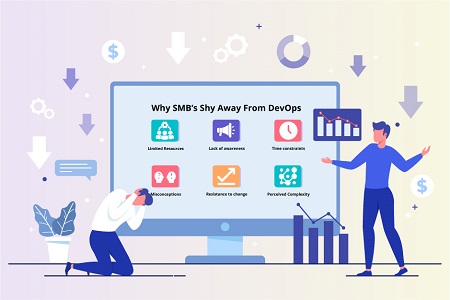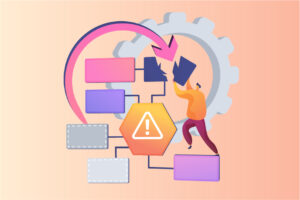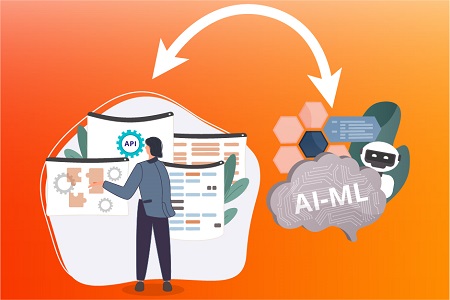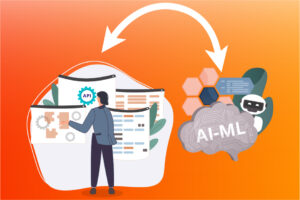Generative AI is revolutionizing various industries, including banking, insurance, and retail. This cutting-edge technology harnesses the power of machine learning to create new and original content based on patterns learned from existing data. In this blog, we will explore Generative AI and Usecases in different sectors, what generative AI is, its significance in software development, and delve into its exciting use cases within the domains of banking, insurance, and retail.
Generative AI: A Brief Overview
Generative AI is a subset of artificial intelligence that involves the generation of new data using machine learning algorithms. It utilizes techniques such as generative adversarial networks (GANs) and variational autoencoders (VAEs) to learn patterns from existing data and generate novel content. By leveraging generative AI, software developers can enhance data generation, automate content creation, personalize user experiences, and stimulate creative thinking.
Generative AI in Banking
In the banking sector, generative AI offers several transformative applications. It can generate synthetic financial data for training predictive models, assisting in risk analysis, fraud detection, and credit scoring.
Generative AI can also be used to create personalized investment recommendations based on individual preferences and market trends. Moreover, it enables the generation of synthetic customer conversations for chatbots, enhancing customer service and support. By simulating real-world scenarios, generative AI aids in stress testing financial systems and assessing their robustness.
Generative AI in Insurance
The insurance industry can leverage generative AI and usecases in different sectors to streamline operations and enhance customer experiences. Through the generation of synthetic data, insurers can build more extensive and diverse datasets for actuarial modeling, underwriting, and claims processing. Generative AI can also create virtual agents for customer support, improving response times and automating routine inquiries.
By simulating complex risk scenarios, generative AI helps insurance companies optimize pricing models and develop more accurate risk assessment tools. Furthermore, it facilitates the creation of personalized insurance recommendations tailored to individual policyholders’ needs.
Generative AI in Retail
Generative AI is reshaping the retail landscape by enabling personalized customer experiences and efficient supply chain management. Retailers can leverage generative AI to generate synthetic product images for e-commerce platforms, creating visually appealing catalogs and enhancing customer engagement.
Additionally, generative AI can assist in demand forecasting, optimizing inventory management, and minimizing stockouts. By analyzing customer preferences and behavior, generative models can generate tailored product recommendations, leading to increased customer satisfaction and sales.
Furthermore, generative AI powers virtual try-on technologies, allowing customers to virtually try clothes or accessories before making a purchase, enhancing the online shopping experience.
Conclusion
Generative AI is a game-changer in software development, providing unprecedented capabilities in data generation, content creation, personalization, and simulation. In the banking sector, it aids in risk analysis, fraud detection, and personalized investment recommendations.
Generative AI enhances underwriting, claims processing, and risk assessment, in insurance. In retail, it enables personalized product recommendations, virtual try-on experiences, and optimized inventory management. Embracing generative AI unlocks immense potential for innovation, efficiency, and customer-centricity across these industries.
As this technology continues to evolve, we can expect even more groundbreaking applications that will reshape the way we interact with financial services and retail experiences, making them more intelligent, intuitive, and tailored to individual needs.
Learn More – App Modernization Services Of Metaorange Digital








